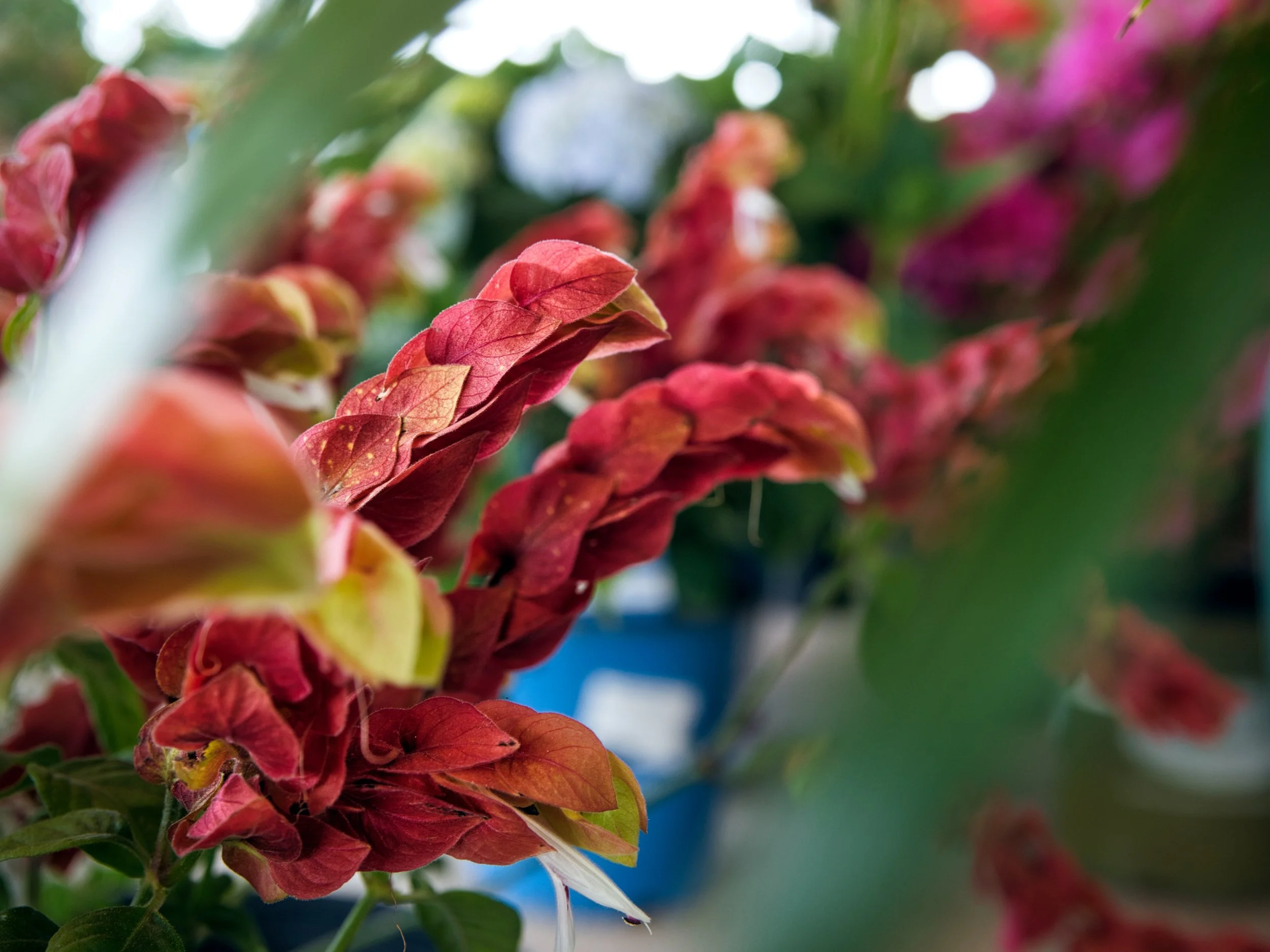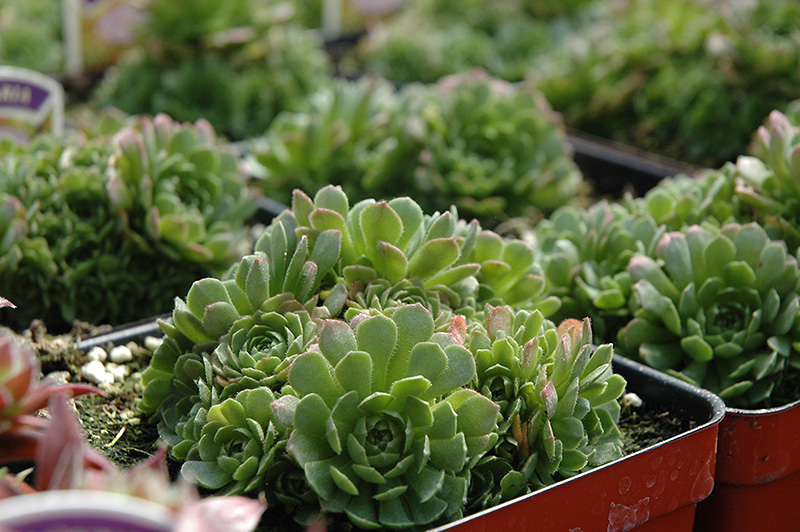Plant Height: 4 inches
Flower Height: 6 inches
Spread: 8 inches
Sunlight:
![]()
Hardiness Zone: 4b
Other Names: Dick Flower
Description:
A small evergreen alpine, good for sunny rockeries and slopes; plants grow as solitary rosettes or in small groups and spread slowly into clumps; similar to and related to Sempervivum (hens and chicks), extremely drought tolerant
Ornamental Features
Rosularia is primarily valued in the garden for its broadly spreading habit of growth. It features dainty spikes of white flowers held atop the stems from early to mid summer. Its attractive succulent pointy leaves remain grayish green in color throughout the year.
Landscape Attributes
Rosularia is a dense herbaceous evergreen perennial with a ground-hugging habit of growth. Its relatively fine texture sets it apart from other garden plants with less refined foliage.
This is a relatively low maintenance plant, and usually looks its best without pruning, although it will tolerate pruning. It has no significant negative characteristics.
Rosularia is recommended for the following landscape applications;
- Rock/Alpine Gardens
- General Garden Use
- Groundcover
Planting & Growing
Rosularia will grow to be only 4 inches tall at maturity extending to 6 inches tall with the flowers, with a spread of 8 inches. Its foliage tends to remain low and dense right to the ground. It grows at a slow rate, and under ideal conditions can be expected to live for approximately 20 years. As an evegreen perennial, this plant will typically keep its form and foliage year-round.
This plant should only be grown in full sunlight. It prefers dry to average moisture levels with very well-drained soil, and will often die in standing water. It is considered to be drought-tolerant, and thus makes an ideal choice for a low-water garden or xeriscape application. It is not particular as to soil type or pH. It is somewhat tolerant of urban pollution. This species is not originally from North America. It can be propagated by division.


